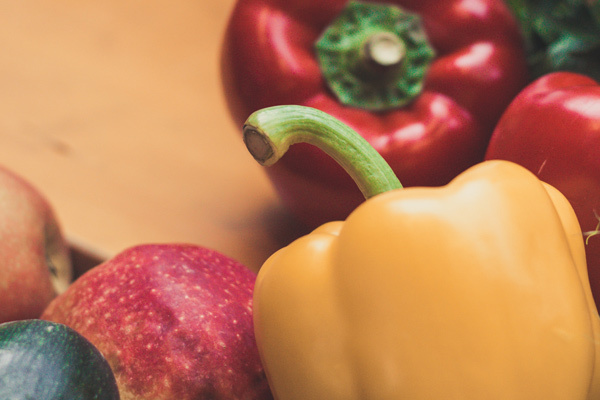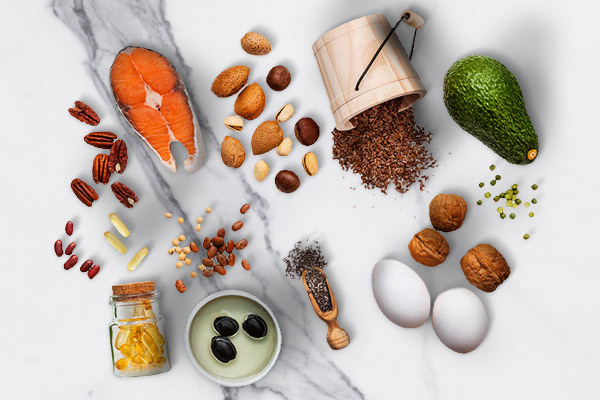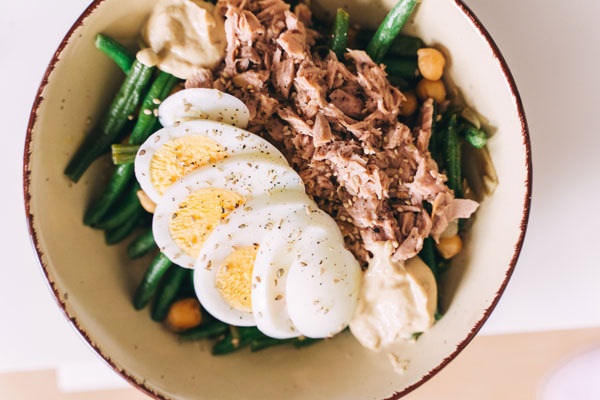When we think of winter, we usually think of fixing the heater that has been down for the whole year or wearing warm clothes all the time. But did you know, there are other ways to keep your child safe during winter?
Most children are low on energy and catch a cold or flu during this time. Along with wearing warm clothes, eating the right food can also do wonders. In order to fight back infections and allergies, they need to eat healthy winter food. Remember that as the temperature drops outside, our body needs more energy to stay warm (ref https://www.webmd.com/a-to-z-guides/ss/slideshow-tips-always-cold). So ensure that you feed your child plenty of hearty meals consisting of some good winter foods that help keep their energy up and keep the sniffles away.
1. Capsicum
As a rich source of Vitamin C, Vitamin A and fibres, capsicum is one of the best winter foods your kid can eat. Capsicums contain antioxidants which help in protecting our cells and boosting immunity. Stuffed capsicums can be an additional healthy side dish option to your lunch or dinner. Colour up your kid’s plate with all the different coloured capsicums you can find.
2. Root vegetables
Apart from making your child wear cute mufflers and wear them down with heavy clothing, adding root veggies like carrots, potatoes, radish, turnip and sweet potatoes in their diet can help them stay strong during winter. Root vegetables are rich in antioxidants and beta carotene, which are good for their immunity and their eyes. They also are packed with complex carbohydrates that can help perk up a child low on energy.
3. Green peas:
Fresh green peas are usually available during the winter months. Why do you think so? Peas come packed with protein, fibre, vitamin A and C and they are a great way to keep your child healthy during winter. So load up this winter delicacy on everything from pulaos to sabjis to snacks.
4. Green leafy vegetables:
Green leafy vegetables are a good source of minerals like sodium and potassium, and vitamins like vitamin A, C & K, which can be a wonderful way to keep your child’s immunity high. These include spinach, lettuce, spring onion, coriander leaves and mint. Go ahead and add these in your child’s daily diet in the form of chutneys or even as a part of the gravy and dish out yummy dishes like pudina chicken and coriander rice. Also, think of adding green leafy vegetables to rotis and parathas as this makes them more nutritious and appealing even to a fussy child.
5. Cruciferous vegetables:
Cruciferous vegetables, like cauliflower, cabbages, broccoli, are high in fibre and the B vitamins which can help keep your kid fit and fine during the cold days. These also contain antioxidants and special nutrients that protect us against cancer. Cruciferous vegetables can be a healthy option to add to soup or homemade cutlets.
6. Fresh fruits:
Fresh fruits such as apples, oranges, pomegranate, and bananas contain vitamin A and C that can help boost the immune system. The sugars from the fruit can also add a sweet zing to their step. Fresh fruits are also healthy for their eyes and skin. If your child is not a huge fan of whole fruits, try adding these fruits to desserts and puddings.
7. Dry fruits:
You can sneak in cashew and dates as snacks, as they are good sources of fibre, iron, magnesium, calcium and an excellent way to keep your child healthy and energetic. Also, when you add spreads of peanut butter on bread or chapati during breakfast, your kids may have a hard time saying no.
Although you may understand the importance of having healthy food during winter, your child may not be keen to have the extra veggies and fruits. It’s best to think of new recipes and channel your inner chef to make sure your child consumes all the nutrients he or she needs to stay strong during winter. While including all these foods is important, let’s not forget, having a balanced diet is vital for children at all times.
Written by:
Purabi Dutta
Paediatric Nutritionist,
Cuddles Foundation.





